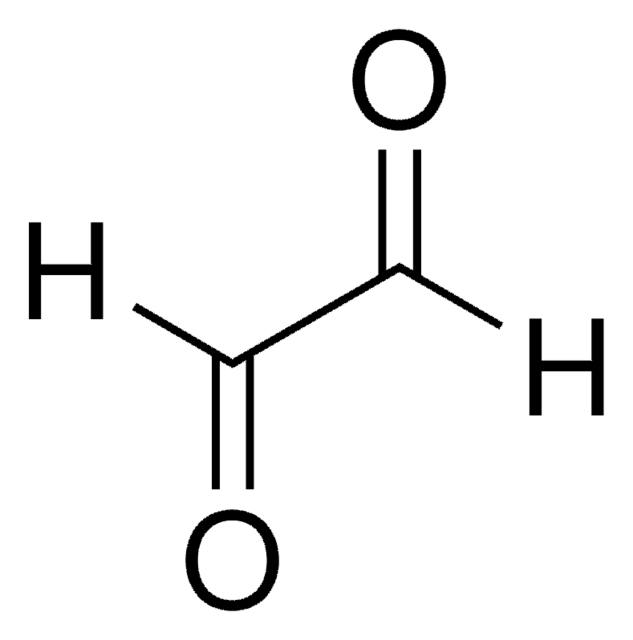27635
Adipic acid
meets analytical specification of Ph.Eur., BP, E 355, 99.6-101.0% (calc. to the dried substance)
Synonym(s):
Hexanedioic acid
About This Item
Recommended Products
vapor density
5 (vs air)
vapor pressure
1 mmHg ( 159.5 °C)
Assay
99.6-101.0% (calc. to the dried substance)
form
solid
autoignition temp.
788 °F
quality
meets analytical specification of Ph.Eur., BP, E 355
impurities
residual solvents, complies
≤0.001% heavy metals (as Pb)
≤0.2% water (Karl Fischer)
ign. residue
≤0.002% (as SO4)
loss
≤0.2% loss on drying, 105 °C
bp
265 °C/100 mmHg (lit.)
mp
151-154 °C (lit.)
151-154 °C
solubility
H2O: slightly soluble
H2O: soluble (Boiling)
acetone: soluble
benzene: insoluble
cyclohexane: slightly soluble
ethanol: freely soluble
methanol: freely soluble
petroleum ether: insoluble
anion traces
chloride (Cl-): ≤50 mg/kg
nitrate (NO3-): ≤30 mg/kg
sulfate (SO42-): ≤500 mg/kg
cation traces
As: ≤3 mg/kg
Fe: ≤5 mg/kg
Hg: ≤1 mg/kg
Pb: ≤10 mg/kg
Pb: ≤5 mg/kg
suitability
passes test for appearance of solution
SMILES string
OC(=O)CCCCC(O)=O
InChI
1S/C6H10O4/c7-5(8)3-1-2-4-6(9)10/h1-4H2,(H,7,8)(H,9,10)
InChI key
WNLRTRBMVRJNCN-UHFFFAOYSA-N
Looking for similar products? Visit Product Comparison Guide
Application
Biochem/physiol Actions
Preparation Note
Signal Word
Danger
Hazard Statements
Precautionary Statements
Hazard Classifications
Eye Dam. 1
Storage Class Code
11 - Combustible Solids
WGK
WGK 1
Flash Point(F)
384.8 °F - closed cup
Flash Point(C)
196 °C - closed cup
Choose from one of the most recent versions:
Certificates of Analysis (COA)
Sorry, we don't have COAs for this product available online at this time.
If you need assistance, please contact Customer Support.
Already Own This Product?
Find documentation for the products that you have recently purchased in the Document Library.
Our team of scientists has experience in all areas of research including Life Science, Material Science, Chemical Synthesis, Chromatography, Analytical and many others.
Contact Technical Service





